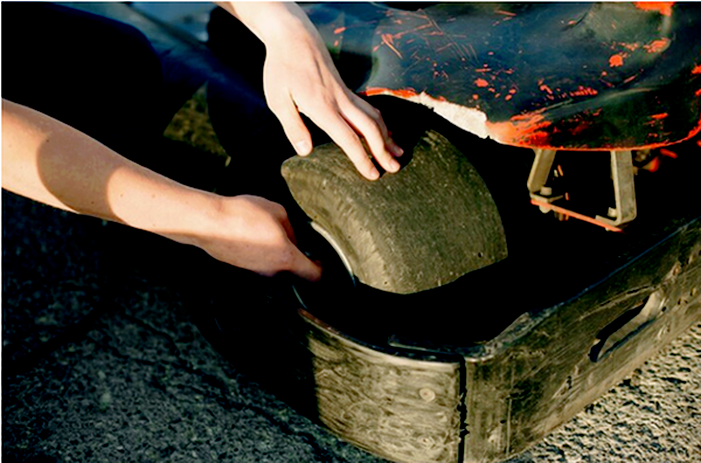Sand casting has been used for ages to cast different metal parts. There has been evidence of sand casting services being used to design different parts before 1000 B.C. You can use this method to manufacture a large variety of products of varying shapes and sizes. A sand casting foundry can also manufacture the parts with internal passageways.
Sand Casting Process
A sand-casting foundry/company follows these steps to manufacture different types of metal alloy components. During sand-casting, a mold with a cavity is used to manufacture various parts. This mold is made of compacted or compressed sand along with other materials. Liquid metal is poured into this cavity to cast the metal components in different shapes.
The sand casting company’s mould is made of two halves that remain inside a box known as a ‘flask.’ A ‘parting’ line separates the upper and lower halves of the mold. These halves are known as the ‘cope’ and ‘drag,’ respectively. The following steps are used for casting different types of alloy, such as copper–nickel alloy or stainless steel.
- Pattern Making Step
An oversized replica of the end-product is made at the first step to produce the components of stainless steel or any other type of alloy. The large mold leaves sufficient room for the metal to shrink when cooling.
- Mould-Making Step
The sand is packed into a mould around the pattern and is divided into two halves.
This mold used by a brass casting service has features such as Sprue, gate, runners, riser, pouring cup etc.
The pattern creates space for pouring the molten metal once it is removed from the cavity.
- Clamping Step
The two halves of the mold used for bronze sand casting are clamped together securely.
- Pouring step
The molten metal of cupronickel alloy or any other metal alloy is maintained at a set temperature and is poured quickly to prevent early solidification. It starts solidifying after being poured into the cavity.
- Final Step
The casting solidifies through cooling, and the mold is broken during the shakeout process.
The gates, runners, and risers are removed from the casting.
The sandblasting or grinding processes are performed at the end.




